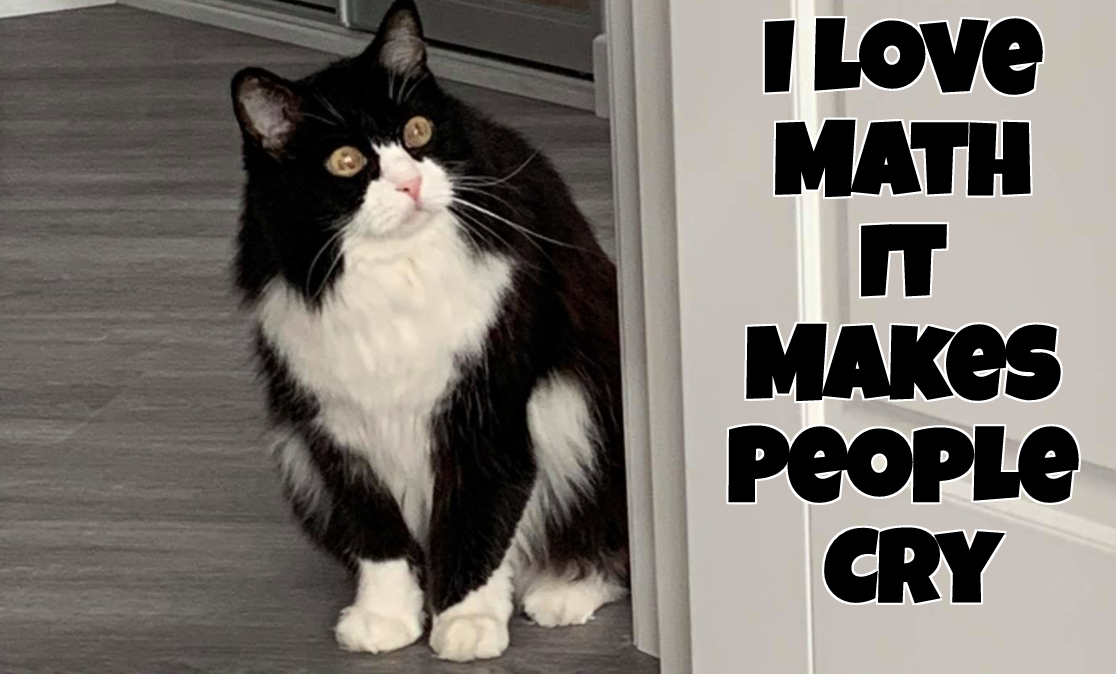Online
January 24 - February 6, 2022
The topic of the school:
Differential Geometry and its applications: fluid dynamics, dispersive systems, image processing, and beyond.
| Type of activity |
Time in CET |
| Virtual coffee break |
16:00 - 16:30 |
| Lecture 1 |
16:30 - 17:30 |
| Virtual coffee break |
17:30 - 18:00 |
| Lecture 2 |
18:00 -19:00 |
| Virtual coffee break |
19:00 - 19:30 |
| Talks by participants |
19:30 - 20:00 |
| Networking |
20:00 - 21:00 |
January 24 - January 27: Lecture 1 by Valentin Lychagin, Lecture 2 by Peter J. Olver
January 28: Lecture 1 & Lecture 2 by Klas Modin
January 29: Lecture 1 & Lecture 2 by Boris Khesin
January 31: Lecture 1 by Klas Modin, Lecture 2 by Boris Khesin
February 1- February 3: Lecture 1 by Ian Roulstone, Lecture 2 by Volodya Roubtsov
Full program and details (available only for admitted participants)
ABSTRACTS
Boris Khesin (University of Toronto, Canada)
Hamiltonian Fluid Dynamics
The course outlines group-theoretic and Hamiltonian approaches to hydrodynamics. We start by describing the Eulerian dynamics of an ideal fluid and the Korteweg—de Vries equation of shallow water from the group-theoretic and geometric points of view. The Hamiltonian framework will allow us to visualize the geometry of Casimirs for the Euler equation and helicity of vector fields, as well as to recover the motion of point vortices, vortex filaments and membranes.
Valentin Lychagin (University of Tromsø, Norway)
Continuum Mechanics of Media with Inner Structure
Short description:
Continuum mechanics on Riemannian manifolds
-Thermodynamics of Newtonian media.
-Conservation laws, Navier-Stokes and Euler equations.
Continuum mechanics of media with inner structures
Continuum mechanics of molecular media
Klas Modin (Chalmers University of Technology & University of Gothenburg, Sweden)
Introduction to Geometric Hydrodynamics
In three lectures I trace the work of three legends of mathematics and mechanics: Euler, Poincaré, and Arnold. This leads up to the aim of the lectures: to explain Arnold’s discovery from 1966 that solutions to Euler’s equations for the motion of an incompressible fluid correspond to geodesics on the infinite-dimensional Riemannian manifold of volume preserving diffeomorphisms. In many ways, this discovery is the foundation for the field of geometric hydrodynamics, which today encompasses much more than just Euler’s equations, with deep connections to many other fields such as optimal transport, shape analysis, and information theory.
Peter J. Olver (University of Minnesota, USA)
Fractalization and Quantization in Dispersive Systems
These talks will survey recent results on linear and nonlinear dispersive wave equations on periodic domains. The Talbot effect, also known as dispersive quantization. The evolution, through spatially periodic linear dispersion, of rough initial data produces fractal, non-differentiable profiles at irrational times and, for asymptotically polynomial dispersion relations, quantized structures at rational times. Such phenomena have been observed in dispersive wave models, optics, and quantum mechanics, and lead to intriguing connections with exponential sums arising in number theory. Ramifications and recent progress on the analysis, numerics, and extensions to nonlinear wave models, both integrable and non-integrable, will be presented. Related results for the Fermi-Pasta-Ulam-Tsingou problem of the dynamics of nonlinear mass-spring chains and the Lamb model for radiation damping of a vibrating body in an energy conducting medium will also be discussed.
Symmetry, invariance, and equivalence in image processing
Symmetry recognition is fundamental in human vision and thus also plays a key role in image processing algorithms. These talks will survey old and new mathematical perspectives on symmetry, invariance, and equivalence based on transformation groups and groupoids. Cartan's solution to the equivalence and symmetry problem for submanifolds relies on the associated geometric invariants, through what is now known as the differential invariant signature. Applications arise in art, computer vision, medicine, geometry, and beyond, including automated assembly of broken objects: jigsaw puzzles, egg shells, broken bones, and lithics (stone age tools).
Volodya Roubtsov (University of Angers, France)
Introduction to Hamiltonian Mechanics
I shall give a short account of Hamiltonian methods of classical mechanics. After a minimal reminder from symplectic geometry, I shall concentrate on explicit examples of mechanical systems and shall demonstrate main features of the Hamiltonian approach and Liouville integrability: a construction of action-angle variables for the chosen examples. My lectures do not contain new results and have a fully methodological flavor.
Ian Roulstone (University of Surrey, UK)
Monge–Ampère Geometry and the Navier–Stokes Equations
In this series of three lectures, we shall apply ideas from Monge–Ampère geometry to the partial differential equations governing incompressible fluid flow in two and three spatial dimensions. Despite the apparent randomness of turbulent flows, vortices play a key role in determining the structure and evolution of the flow. We shall show how almost-complex structures in four and six dimensions are naturally associated with regimes in which vorticity dominates over strain and, furthermore, how such flows are associated with Riemannian metrics of positive scalar curvature. In turn, these insights suggest a route to obtaining topological information about vortex structures.
#################################################################
REGISTRATION
To register, please, fill in the registration form.
The school fee is 125 EUR
The fee includes online participation, lectures, and covers technical issues.
Financial Support
We expect that some support will be available to fund students and young researchers.
If you are requesting financial support, please complete the registration form and send your CV as soon as possible.
Org. Committee
R. Kycia, J. de Lucas, M. Roop, J.Szmit, R.Zawadzki, M.Ulan, M. Wojnowski
#################################################################
Proceedings of Winter School & Workshop Wisla 22
The school will provide young researchers with an opportunity to interact with their colleagues and well-known researchers in the field:
- each participant could make a talk about recent research or present a poster
- each participant will get independent and constructive feedback on her/his current research and future research directions
- a decision about including participant’s work to the book will be made based on experts’ feedback
- each participant will also be given an opportunity to improve her/his work during the school
Materials of the school and workshop will be published by Springer Nature. All contributions are subject to peer review.
Lecture notes from previous editions:
Nonlinear PDEs, Their Geometry, and Applications. Proceedings of the Wisła 18 Summer School
Differential Geometry, Differential Equations, and Mathematical Physics. The Wisła 19 Summer School
Proceedings of Winter School & Workshop Wisla 21 and Summer School & Workshop Wisla 20 are in progress
















